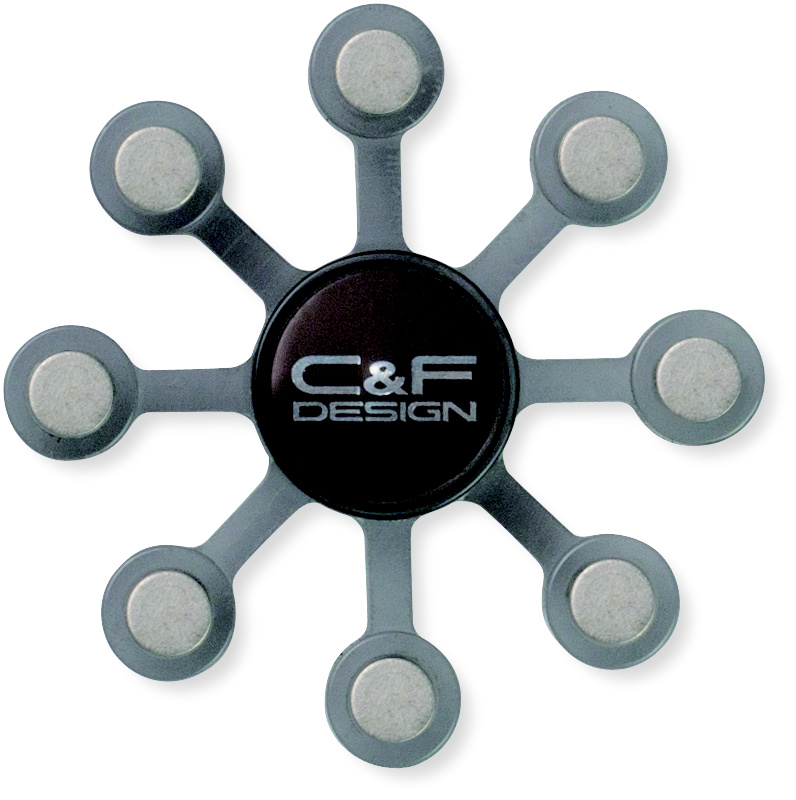

- #Patch design tool install#
- #Patch design tool update#
- #Patch design tool Patch#
- #Patch design tool software#
#Patch design tool Patch#
The patch code must have place(s) in memory to be executed at runtime. On early 8-bit microcomputers, for example the Radio Shack TRS-80, the operating system includes a PATCH/CMD utility which accepts patch data from a text file and applies the fixes to the target program's executable binary file(s). When the patched program is run, execution is directed to the new code with branch instructions (jumps or calls) patched over the place in the old code where the new code is needed. If the new code is bigger than the old code, the patch utility will append load record(s) containing the new code to the object file of the target program being patched. If the new code will fit in the space (number of bytes) occupied by the old code, it may be put in place by overwriting directly over the old code. This utility modifies the target program's executable file-the program's machine code-typically by overwriting its bytes with bytes representing the new patch code. These are read by a patch utility program which performs the installation.
#Patch design tool software#
Patches for other software are typically distributed as data files containing the patch code. When executed these files load a program into memory which manages the installation of the patch code into the target program(s) on disk. Patches for proprietary software are typically distributed as executable files instead of source code. Patch management is a part of lifecycle management, and is the process of using a strategy and plan of what patches should be applied to which systems at a specified time.
#Patch design tool update#
In some special cases updates may knowingly break the functionality or disable a device, for instance, by removing components for which the update provider is no longer licensed. For minor changes to software, it is often easier and more economical to distribute patches to users rather than redistributing a newly recompiled or reassembled program.Īlthough meant to fix problems, poorly designed patches can sometimes introduce new problems (see software regressions). Even when the source code is available, patching makes possible the installation of small changes to the object program without the need to recompile or reassemble.
#Patch design tool install#
Someone unfamiliar with the program being patched may install a patch using a patch utility created by another person who is the Admin. This demands a thorough understanding of the inner workings of the object code by the person creating the patch, which is difficult without close study of the source code. Patching makes possible the modification of compiled and machine language object programs when the source code is unavailable. Patches may be permanent (until patched again) or temporary. They may be applied to program files on a storage device, or in computer memory.

Patches may be installed either under programmed control or by a human programmer using an editing tool or a debugger. Patches are often written to improve the functionality, usability, or performance of a program. This includes fixing security vulnerabilities and other bugs, with such patches usually being called bugfixes or bug fixes. ( February 2018) ( Learn how and when to remove this template message)Ī patch is a set of changes to a computer program or its supporting data designed to update, fix, or improve it.

Please help to improve this article by introducing more precise citations. This article includes a list of general references, but it remains largely unverified because it lacks sufficient corresponding inline citations.


 0 kommentar(er)
0 kommentar(er)
